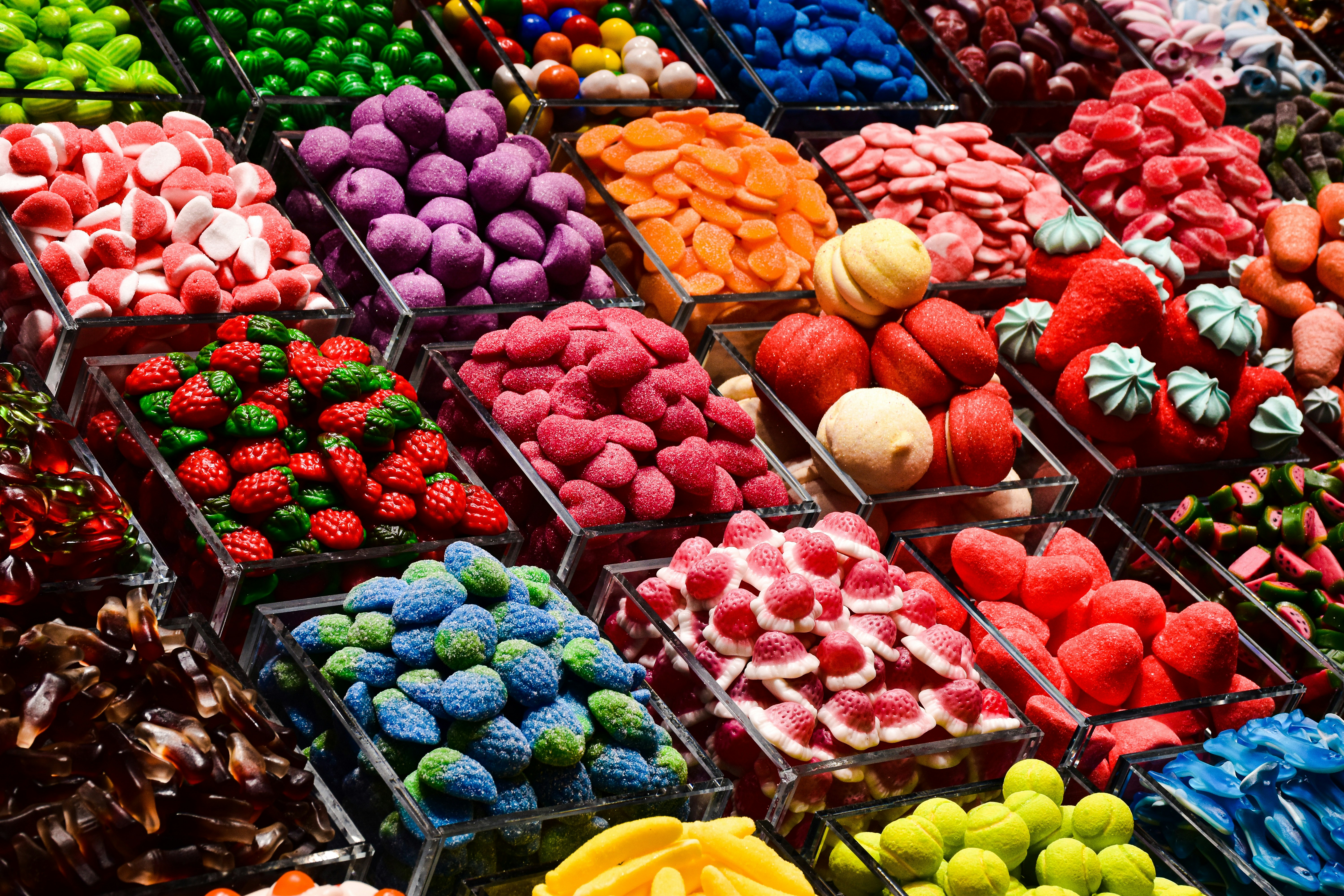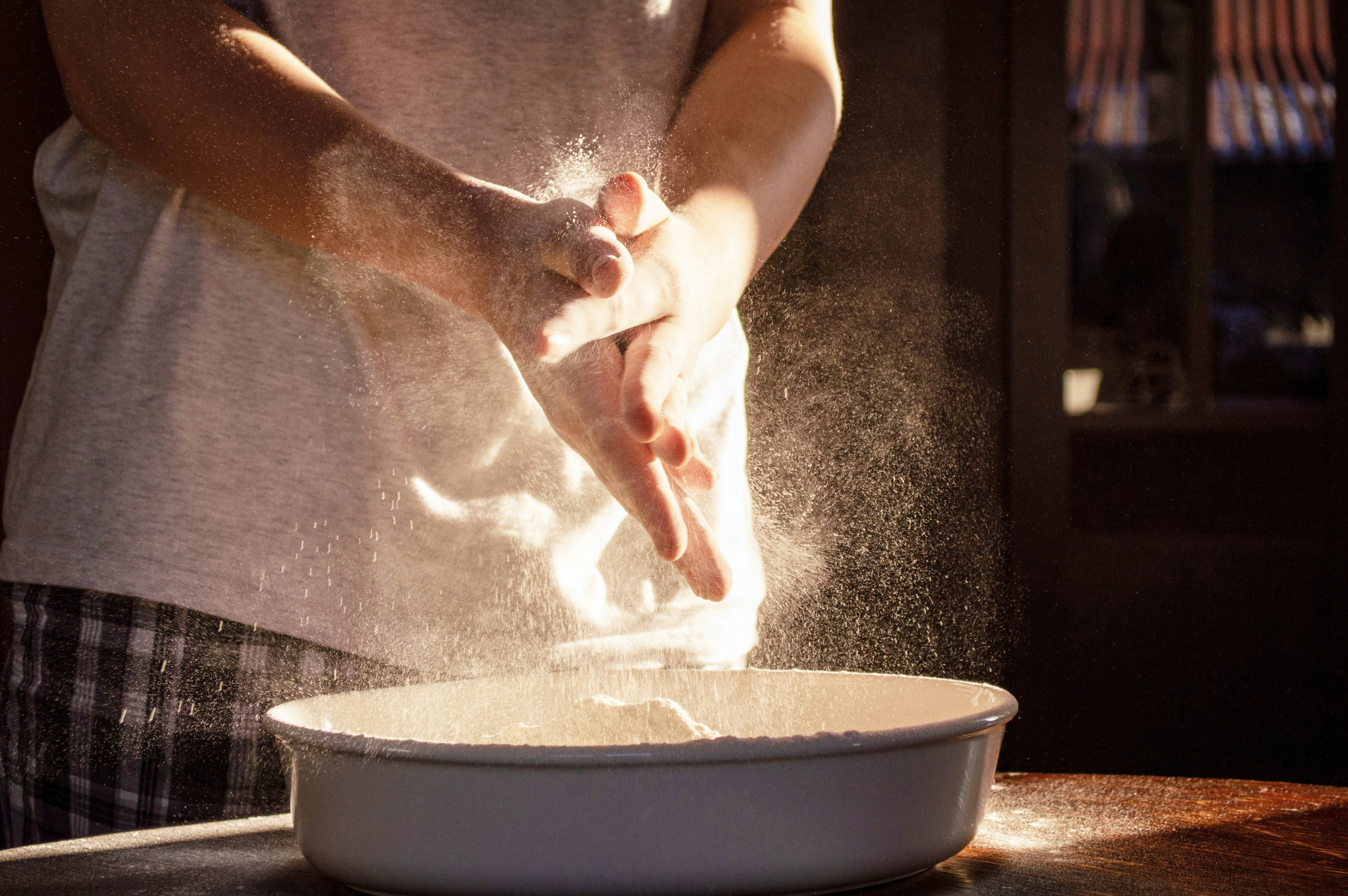Elevate Flavor Perception: Culinary Synesthesia Awaits You
In the world of cooking, the intersection of flavor and aesthetics can create an unforgettable dining experience. Imagine not just tasting your food, but seeing, feeling, and even hearing it through a spectrum of colors and shapes. Welcome to the fascinating realm of culinary synesthesia—a technique that adds depth to your meals by enhancing flavor perception using visual cues. This article will explore how the vibrant hues of ingredients and their shapes can transform both your cooking and tasting experience, leaving an indelible mark on your culinary journey.
What is Culinary Synesthesia?
Culinary synesthesia essentially taps into the phenomenon of synesthesia, where one sensory experience involuntarily evokes another. When applied to cooking, it means using visual elements—like colors and shapes—to influence how we perceive flavors. For example, a bright red pepper might not just add spice to a dish; it can enhance our perception of sweetness or acidity based on its color. Engaging with these sensory elements can elevate a simple meal into an artistic experience.
Through this approach, you can unlock flavors that may have been overlooked before, creating a dish that resonates on an emotional and sensory level. As you plate your food, consider how its presentation can enhance the overall experience, stimulating more than just the palate.
Why Colors Matter
Colors play a pivotal role in how we experience flavor. Studies have shown that different hues can influence taste perception. For instance, vibrant greens are often associated with freshness and healthfulness, while golden yellows tend to evoke warmth and comfort. The psychology of colors can be a vital asset in your culinary toolkit.
Harnessing Color in Cooking
-
Pick Seasonal Produce: Seasonal fruits and vegetables come in a variety of colors that naturally enhance any dish. For instance, using bright summer berries can elevate a simple yogurt parfait, turning it into a colorful masterpiece that delights the eyes before it even reaches the palate.
-
Contrast for Impact: Combining colors—like deep purples of eggplant against the vibrancy of orange carrots—can create visual contrast that captivates and excites. This contrast can elevate the perceived flavor by enhancing the dish’s visual appeal.
-
Use the Color Spectrum: Think about arranging your meals in a rainbow format. Not only does this make your plate aesthetically pleasing, but it also encourages a diverse range of nutrients. A plate bursting with colors often means a balance of flavors and textures, which is key for a complete meal.
For more insights into cooking with colors, check out our post on how colors influence health and flavor.
Shapes and Their Impact
Just as colors impact flavor, the shapes of your ingredients can profoundly alter your dish's perception. A dish that employs various shapes—think of spiralized vegetables versus diced—can provide a richer sensory experience.
Play with Shapes in Your Culinary Creations
-
Cut and Arrange: Experiment with cutting techniques. Ribbons of zucchini may offer a different mouthfeel than cubes of the same vegetable, thus altering the flavor profile when paired with a sauce.
-
Layer with Intention: Use shapes to create depth in your dishes. Layering different textures and sizes can create a more dynamic experience. Think of crispy layers atop creamy foundations, enticing not just taste buds but also the sense of touch.
-
Inventive Plating: Artistic plating, using shapes to direct visual interest, can sharpen the diner’s focus on the flavors intended. Use forms like concentric circles, spirals, or minimalistic stacks to create an inviting display that also tells a story about the ingredients.
The Role of Textures
Alongside colors and shapes, textures also shape our perception of flavor. A meal that combines crunchy, smooth, chewy, and soft is often far more enjoyable than one that presents only one texture.
Enhance Flavor Perception Through Texture
-
Incorporate Crunch: Add croutons to a hearty soup or sprinkle nuts or seeds over a creamy salad to include various textures that make each bite interesting.
-
Balance is Key: Pair soft and hard elements thoughtfully—for instance, rich, creamy cheese on crusty bread provides not only a flavor contrast but creates an engaging mouthfeel.
-
Explore Interesting Flavors with Textures: Use various cooking methods to explore flavor through texture. Roasting veggies heightens their sugars, while steaming may preserve their fresh, earthy tones. Adjusting these methods can lead to an exciting adventure in flavor perceptions.
For readers keen on discovering the role of scents in cooking, explore our piece on how aroma enhances flavor profiles.
The Power of Aroma: A Sensory Gateway
The role of aroma in culinary synesthesia cannot be overstated. Our sense of smell is intimately connected to taste, and it greatly influences flavor perception. Aromas can evoke memories and feelings, thereby enhancing the experience of tasting food.
Crafting Flavor with Perfuming Ingredients
-
Choose Fragrant Ingredients: Incorporate herbs and spices known for their strong aromas—basil, thyme, coriander, and cinnamon help initiate the flavor journey even before you take a bite.
-
Layer Scents: Build layers of aroma by combining roasted garlic with herbs and spices in cooking; this boosts the complexity and perception of flavors.
-
Serve with Aroma: Present dishes in ways that amplify aroma—hot stews in simmering pots or freshly baked bread drawing diners to a table will enhance anticipation and connection to the meal.
The Sound of Cooking: An Unexpected Element
While you might not think of sound in the context of culinary synesthesia, it can play a surprisingly powerful role in enhancing your cooking and dining experience. The sounds associated with cooking—sizzling, boiling, chopping—are not to be overlooked.
Soundscapes and Flavor
-
Cooking with Music: Create a playlist that aligns with the mood you wish to convey through your meal. Upbeat tunes may encourage quick cooking with energy, while soft melodies might inspire intricate dishes crafted with love and care.
-
Use Sound as a Metaphor: Just as sound creates rhythm, so can the arrangement of your dishes on a plate harmonize the meal. Think of how vibrant colors paired with crunching textures create a 'soundscape' for your dish.
-
Experiment with Culinary Sounds: Invite guests to include their sounds—such as the clinking of glasses or laughter—into the cooking process to build a social atmosphere that enhances the flavor of connectedness.
For those feeling experimental, take a look at our guide on how to embed sound experiences into your cooking.
Culinary Alchemy: Transforming the Ordinary into Extraordinary
Incorporating culinary synesthesia can elevate everyday ingredients to extraordinary levels. Cooking becomes more than a chore—it's an art form where every element contributes to a multi-faceted experience.
Create Simple Dishes with Enhanced Flavor Perception
-
Utilizing Color and Shape in Staples: Even staple ingredients like rice or pasta can shine with added ingredients that bring color and shape contrasts. Experimenting with purple and red veggies in a risotto can yield visual and flavor depth.
-
Playing with Techniques: Combine different cooking methods and ingredients that offer a balance of color, shape, and texture. Grilled zucchini ribbons tossed with cherry tomatoes, topped with shavings of Parmesan, can yield an enticing multi-layered meal.
-
Experimenting with Flavor Pairings: Don’t be afraid to experiment with unique flavor pairings based on visual themes. Try combining contradictory flavors that intrigue the eyes as well as the palate, such as sweet and spicy desserts.
Final Thoughts: Your Culinary Synesthesia Journey
Embarking on a culinary journey that embraces synesthesia enriches your cooking and freshens up your culinary repertoire. The combination of colors, shapes, textures, and sounds—when harmonized—can transcend basic flavors, leading to an immersive experience. Whether it's a dinner for friends or a family meal, the stories behind the ingredients and how they interrelate enhance both flavor and enjoyment.
For a deeper understanding of flavor, explore how past culinary styles shaped our present-day cuisine with our thoughtful posts on flavor journeys, sensory cooking, and emotional connections through food available on our blog. Remember, the kitchen holds a world of opportunity to create not just meals but unforgettable experiences.


